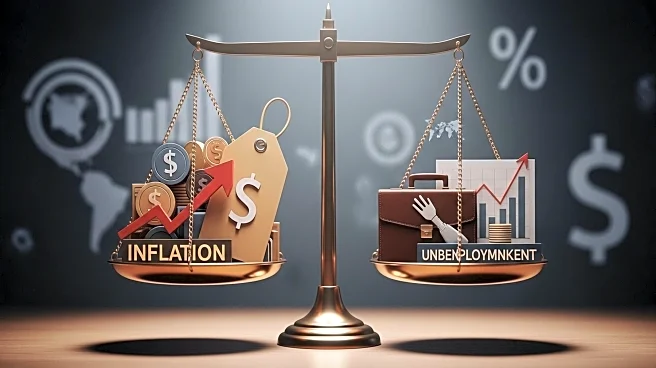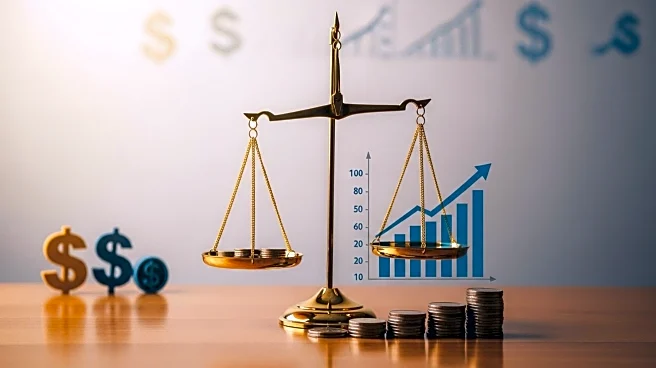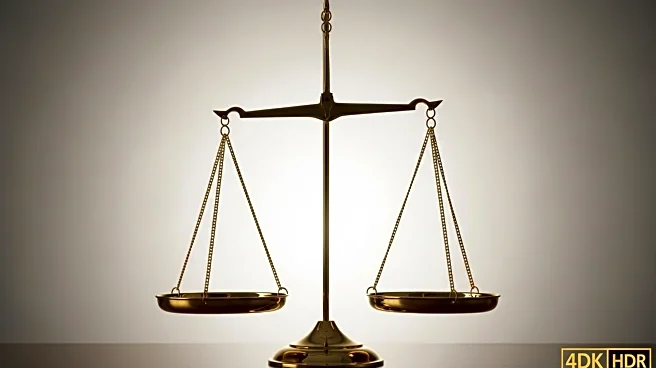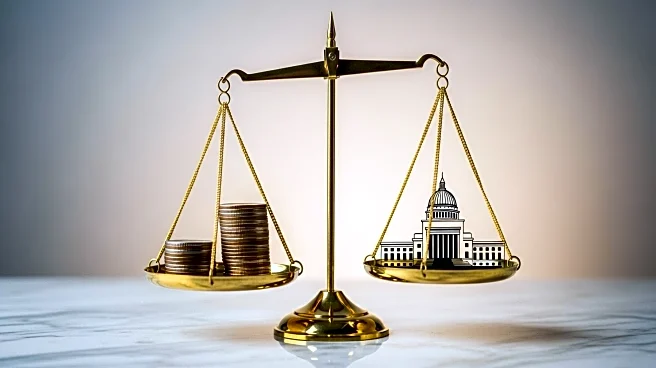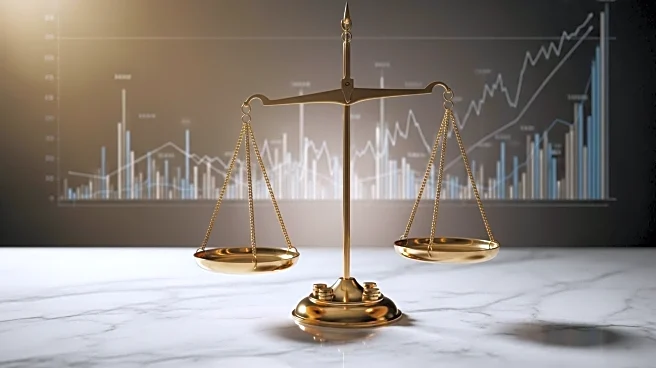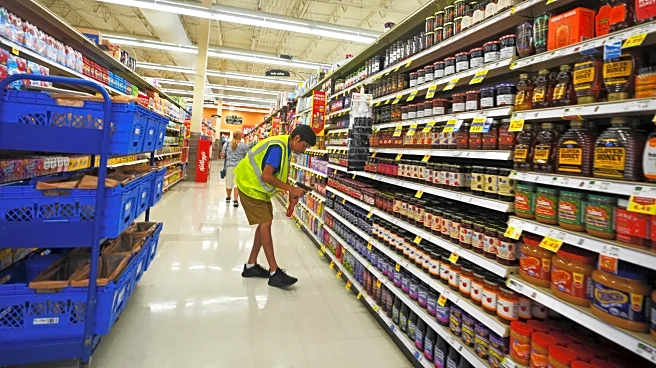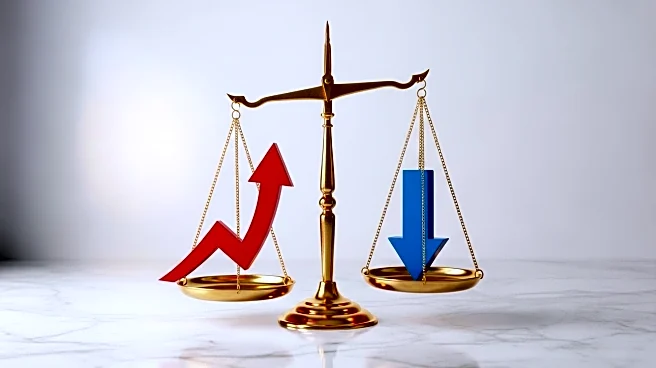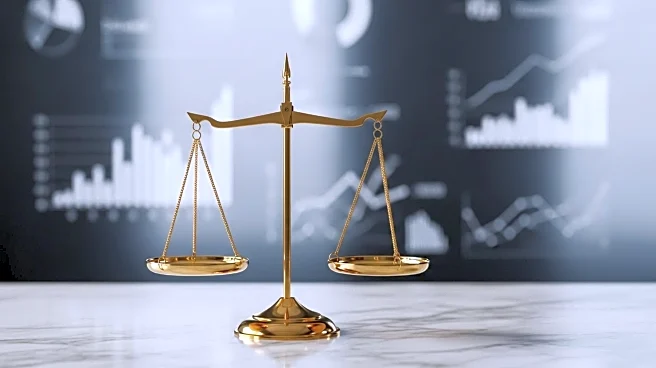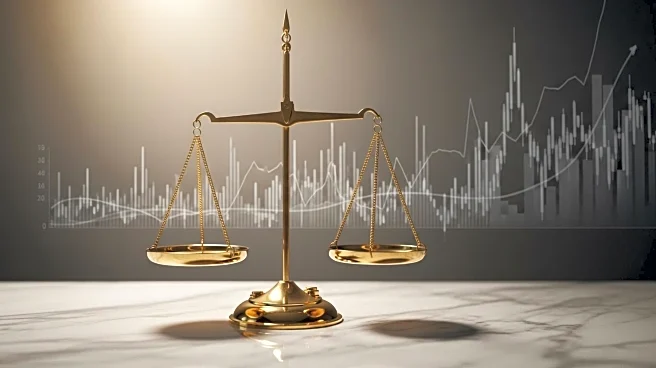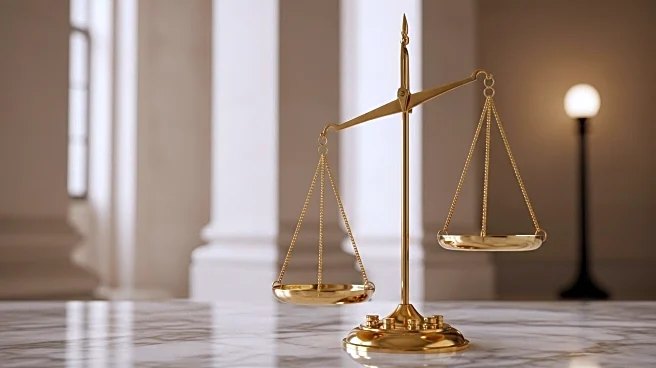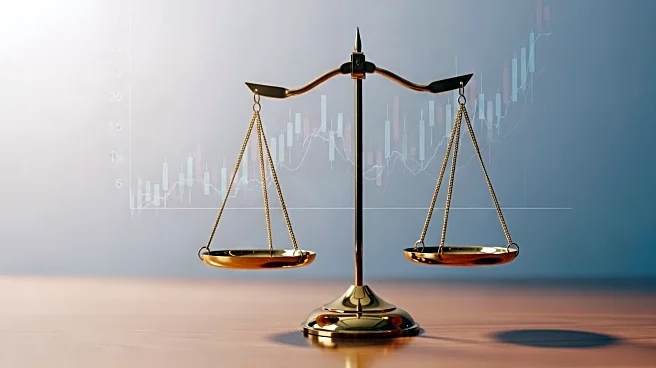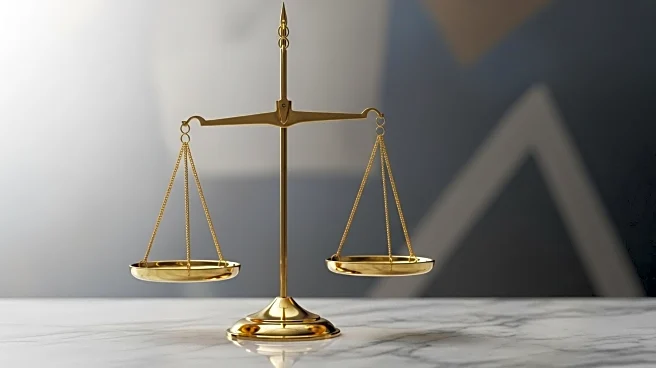What is the story about?
What's Happening?
The U.S. is experiencing rising inflation, with consumer prices increasing by 2.9% in August, according to the Labor Department. This rise is attributed to higher costs for gas, groceries, and airfares, among other goods. Concurrently, unemployment aid applications have surged, indicating a weakening job market. The Federal Reserve is under pressure to cut interest rates, but the persistent inflation complicates this decision. The economic conditions suggest a risk of 'stagflation,' where inflation and unemployment rise simultaneously, posing a significant challenge for policymakers.
Why It's Important?
The current economic scenario presents a complex challenge for the Federal Reserve, as it must balance the need to stimulate economic growth with the risk of exacerbating inflation. The potential for stagflation could have far-reaching implications for economic policy and stability. Businesses and consumers may face increased costs, affecting spending and investment decisions. The Fed's actions will be closely scrutinized as they could influence economic recovery and inflation trends.
What's Next?
The Federal Reserve is expected to cut interest rates in its upcoming meeting, with further cuts anticipated. This decision will be pivotal in addressing the economic challenges and guiding future policy. Stakeholders, including businesses and consumers, will need to adapt to the evolving economic environment and its impact on financial planning and operations.
AI Generated Content
Do you find this article useful?
